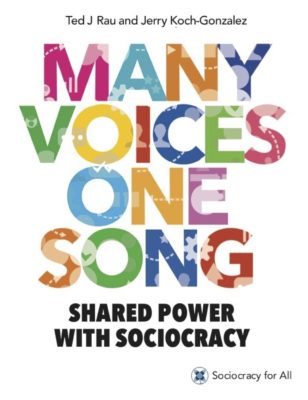Today I completed a post on organizational structure that I began writing in 2010 on “The Tyranny of Structurelessness,” an article by Jo Freeman published in various versions from 1971-1973. She discussed the problems with the women’s movement in the late 1960s and 70s that began to believe that structurelessness in and of itself was an organizational ideal that would solve the problems of autocratic rule and the exclusion of women and minorities. She defines four principles on which an informally structured group can function well and further defines the practices that would allow organizationsThe Delibrative Democracy Consortium (DDC)u is an alliance o... to be democratically organized and still be effective.
Freeman was writing at the same time that Endenburg was formulating his sociocratic circle-organization method and addressing the same problems from a different direction. The women’s conscious raising groups had developed strong bonds and personal commitment but had difficulty transferring this to effective social action. Endenburg had a structure and an organization but he wanted more commitment in order to have a more effective and harmonious organization. It was informative to apply a sociocratic analysis to the women’s movement and to compare Freeman’s principles for a democratic organization to Endenburg’s for a sociocratic organization.
The full post is here: The Tyranny of Structurelessness It’s long but I hope worth the effort.
Categories: History and Philosophy, Leadership and Self-Organization

